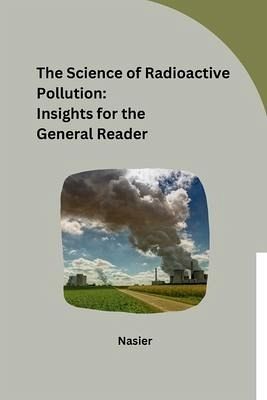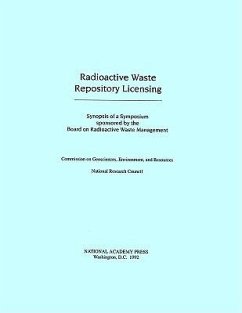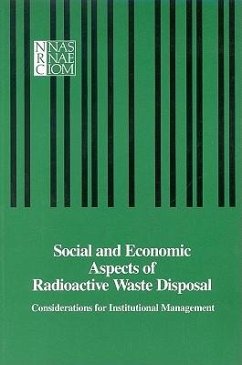
The Science of Radioactive Pollution
Insights for the General Reader
Versandkostenfrei!
Versandfertig in über 4 Wochen
24,99 €
inkl. MwSt.

PAYBACK Punkte
12 °P sammeln!
Understanding Radioactivity Radioactivity is a fascinating and complex phenomenon that has garnered significant attention in recent times due to its implications for pollution biology. In this subchapter, we will delve into the concept of radioactivity, explaining its origin, types, and the potential dangers it poses to the environment and living organisms. This understanding is crucial for anyone interested in pollution biology and its impact on our world. At its core, radioactivity refers to the spontaneous emission of radiation from the unstable atomic nuclei of certain elements. These elem...
Understanding Radioactivity Radioactivity is a fascinating and complex phenomenon that has garnered significant attention in recent times due to its implications for pollution biology. In this subchapter, we will delve into the concept of radioactivity, explaining its origin, types, and the potential dangers it poses to the environment and living organisms. This understanding is crucial for anyone interested in pollution biology and its impact on our world. At its core, radioactivity refers to the spontaneous emission of radiation from the unstable atomic nuclei of certain elements. These elements, known as radioisotopes, have an excess of either protons or neutrons, making them unstable and prone to decay. Through this decay process, these isotopes release energy in the form of radiation, which can take the form of alpha particles, beta particles, or gamma rays. Alpha particles consist of two protons and two neutrons and have a positive charge. They are relatively large and can be stopped by a sheet of paper or the outer layer of human skin. Beta particles, on the other hand, are high-energy electrons or positrons released during the decay of a radioisotope. They have a negative charge and can penetrate deeper into materials than alpha particles, requiring a thicker barrier such as aluminum to stop them. Gamma rays are the most energetic form of radiation, often emitted alongside alpha and beta particles. They are similar to X-rays but with higher energy and can easily penetrate through several centimeters of materials, including human tissue. The impact of radioactivity on pollution biology cannot be overstated. Radioactive pollutants can enter the environment through various sources such as nuclear power plants, mining activities, and improper disposal of radioactive waste. Once released, these pollutants can contaminate air, water, and soil, affecting both flora and fauna. Living organisms exposed to radioactivity can suffer from various health effects, including DNA damage, cell mutations, and an increased risk of cancer. The extent of these effects depends on factors such as the type and intensity of radiation, duration of exposure, and the organism's sensitivity.












